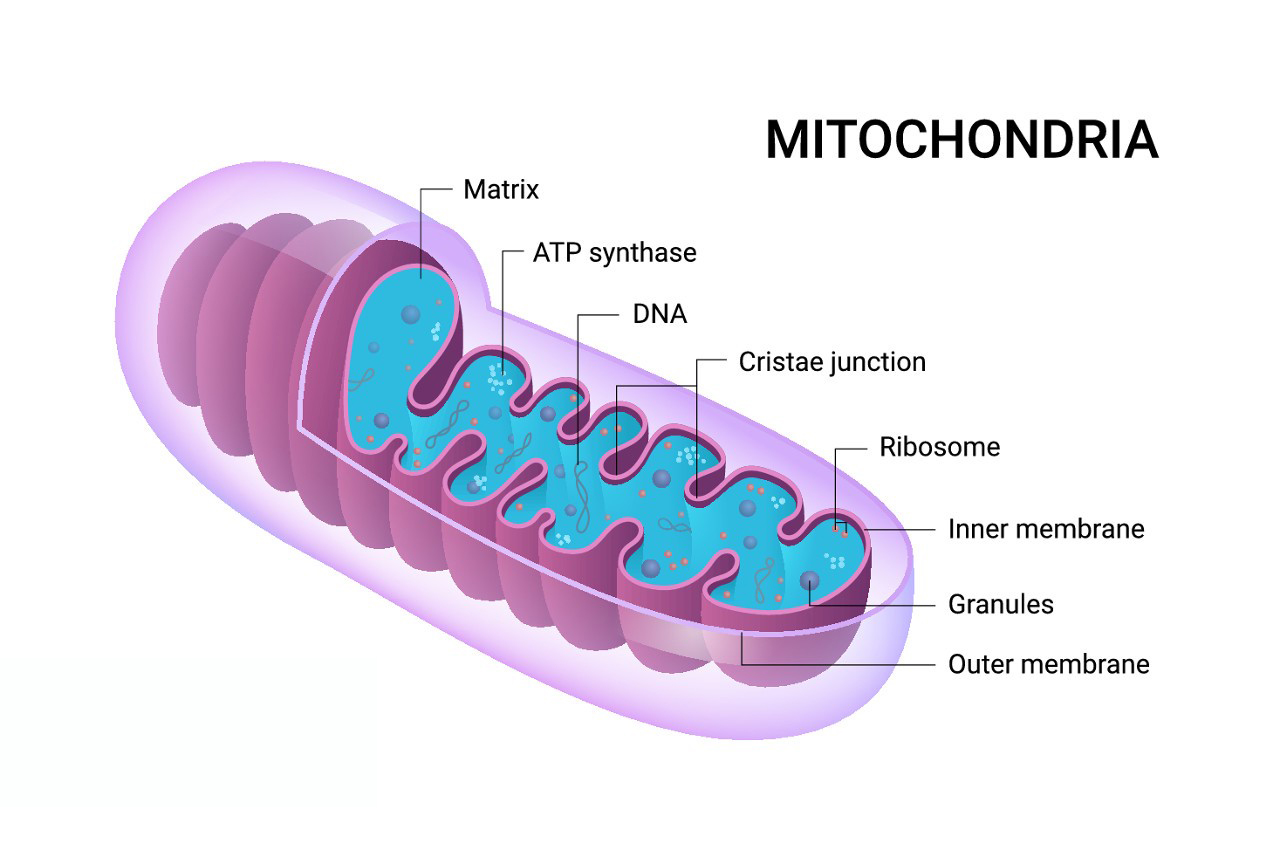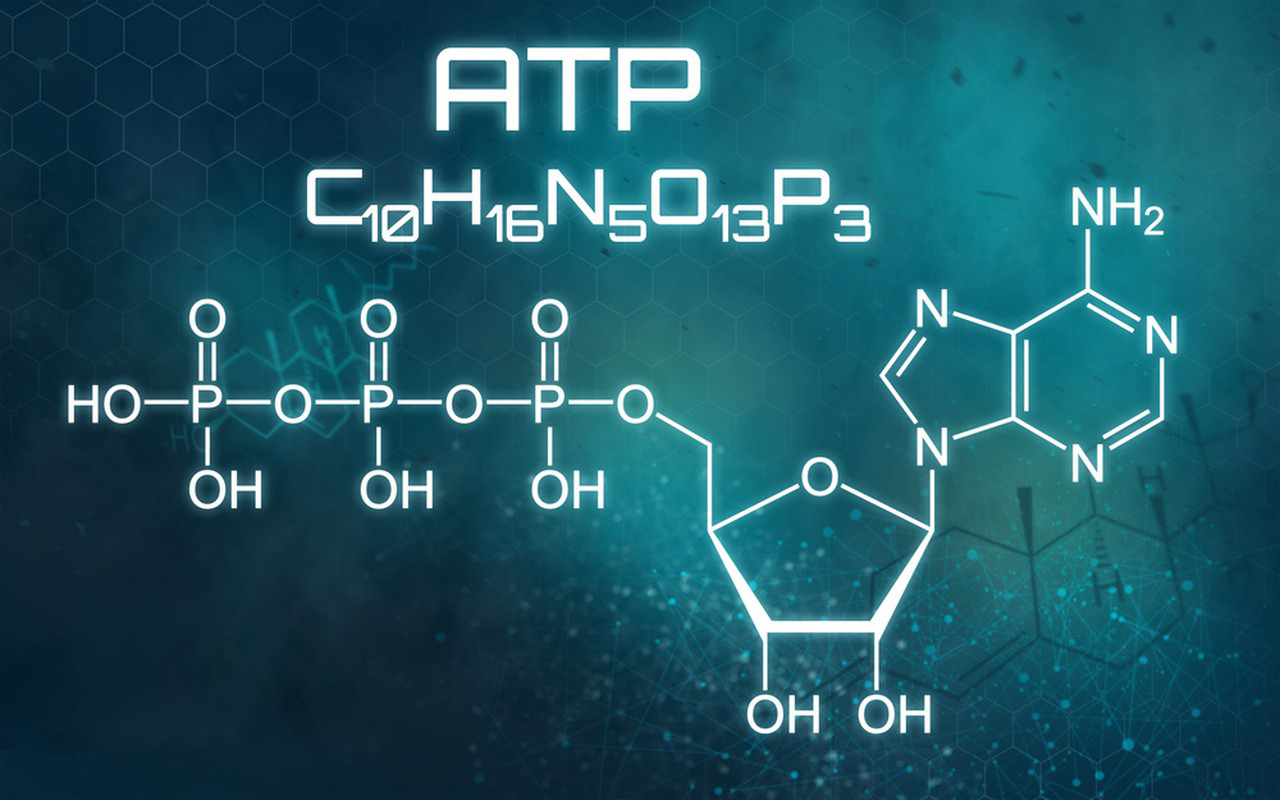Adenosine Triphosphate (ATP) is a complex organic molecule that plays a crucial role in cellular processes. Here’s a breakdown of its basic properties:
1. Structure
Adenosine Triphosphate consists of three key components:
- Adenine: A nitrogenous base.
- Ribose: A five-carbon sugar.
- Three phosphate groups: These are linked together, and the bonds between them store energy.
2. Function
- Adenosine Triphosphate is often referred to as the “energy currency” of the cell. It provides the energy necessary for many biological processes.
- When Adenosine Triphosphate is hydrolyzed (broken down), it releases energy by converting to Adenosine Diphosphate (ADP) or Adenosine Monophosphate (AMP), depending on how many phosphate groups are removed.

3. Role in Cellular Processes
Energy transfer: Adenosine Triphosphate provides the energy for reactions in cells, such as:
- Muscle contraction
- Active transport (movement of substances across membranes)
- Biosynthesis (building complex molecules from simpler ones)
Signal transduction: Adenosine Triphosphate can serve as a signaling molecule in various biochemical pathways.
DNA and RNA synthesis: Adenosine Triphosphate is used as a precursor for nucleotides, which are the building blocks of nucleic acids.
4. Production
Adenosine Triphosphate is primarily produced via cellular respiration, which occurs in the mitochondria of cells. There are three main processes:
- Glycolysis: In the cytoplasm, glucose is broken down into pyruvate, yielding Adenosine Triphosphate
- Citric Acid Cycle (Krebs cycle): In the mitochondria, more Adenosine Triphosphate is generated.
- Oxidative Phosphorylation: The majority of Adenosine Triphosphate is produced during this stage, via the electron transport chain.

5. Importance
- Without Adenosine Triphosphate, cells would be unable to perform most of their functions, making it indispensable for life. It is constantly recycled and replenished to meet the energy demands of cells.
In summary, Adenosine Triphosphate is essential for providing energy for various cellular activities, ensuring that organisms can carry out their vital functions.
